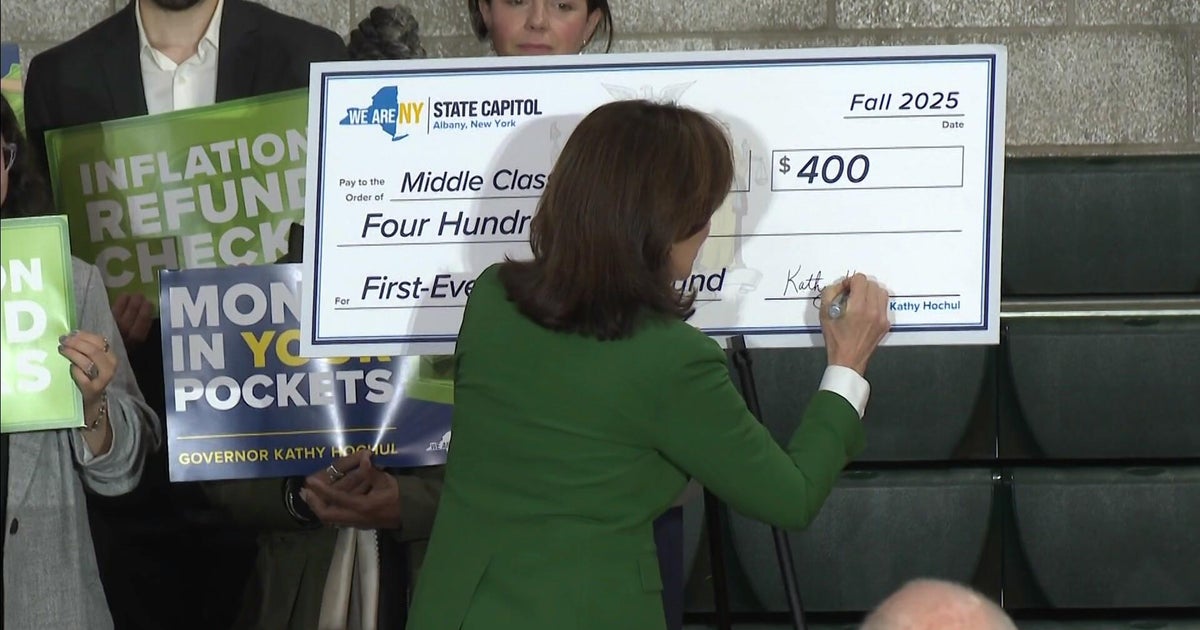NYC Rent Strikes: A Century of Tenant Power and Political Change
<img src="https://static01.nyt.com/images/2025/08/04/multimedia/00met-rent-history--01-zwcg/00met-rent-history--01-zwcg-articleLarge.jpg?quality=75&auto=webp&disable=upscale" alt="1919 Harlem rent strikers">The early 1900s saw New York City renters, facing brutal winters and housing shortages, launch rent strikes that reshaped the city's political landscape. These strikes, particularly prominent in Harlem and the Lower East Side, demonstrated the power of collective action.
From Rent Strikes to Political Action
Tenant's collective refusal to pay rent transformed them into a powerful political force. This pressure led to significant changes, including:
- Heating regulations: Landlords were mandated to maintain a minimum temperature of 68 degrees in winter.
- Housing initiatives: The state introduced housing cooperatives and other programs to address the housing crisis.
- Rent control framework: Emergency laws were passed, laying the groundwork for rent increase limitations in certain buildings.
These historical events are now highlighted in a new exhibit at the Museum of the City of New York, showcasing the long history of housing activism in the city.
Echoes of the Past: Modern Parallels
Over a century later, New Yorkers continue to grapple with high rents and subpar living conditions. The frustration fueled by the cost of living crisis, especially soaring housing prices, recently contributed to major political shifts.
The exhibit serves as a powerful reminder of the enduring fight for affordable housing in New York City and the impact of collective action on political change.







Comments
Join Our Community
Sign up to share your thoughts, engage with others, and become part of our growing community.
No comments yet
Be the first to share your thoughts and start the conversation!